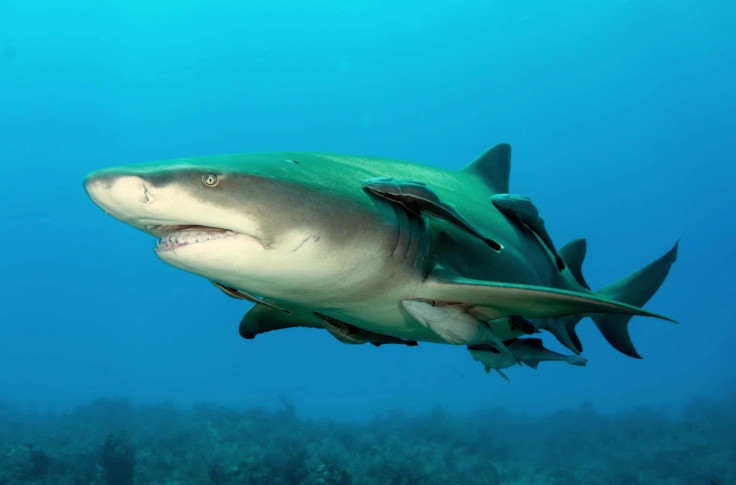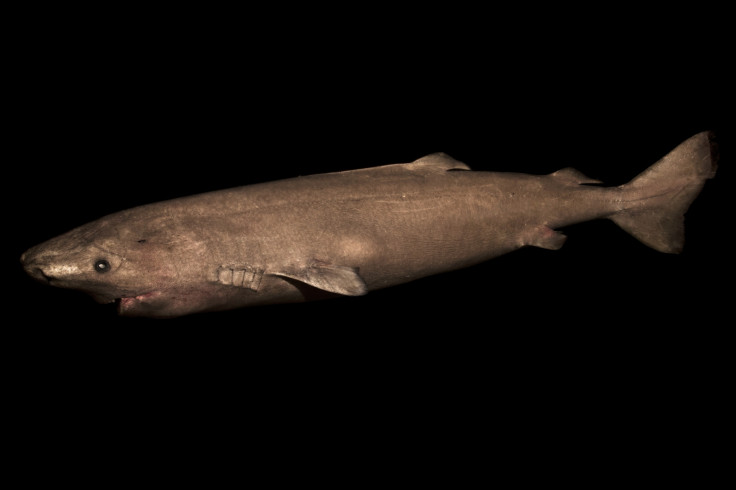5 incredible facts about sharks - from bioluminescence to asexual reproduction
From virgin birth to amazing ways they deal with swallowing rubbish, sharks are full of surprises.
During the course of 400 million years, one of the Earth's most successful group of predators spread throughout oceans, estuaries and fresh water. By the time dinosaurs appeared, these hunters had been roaming the ocean for more than 200 million years and even survived the meteor strike that spelled the end for large dinosaurs.
In celebration of these creatures, the Discovery Channel has dedicated a week to entertain and inform viewers about one of the most beautiful and often-misunderstood organisms: sharks.
Shark Week has the power to get millions of people talking about sharks and help viewers connect with the ocean. Yet, as a marine scientist and science communicator, it is frustrating to see programmes that sensationalise shark attacks on humans when in reality you are far more likely to die falling out of bed, encountering a cow or climbing a ladder. Globally an average of six people die from shark attacks, but it is estimated that humans kill an estimated 100 million sharks annually. Who should be more afraid of whom?
Shark Week has the power to change the perception and the dialogue surrounding sharks, by helping viewers understand these magnificent animals and ways conservation can protect threatened and endangered species.
In this spirit, here are five fin-tastic facts about sharks.
1. Sharks don't just use sight, smell, and electromagnetic signals – they glow
The average depth of the ocean is 3,700 meters (12,000 feet), and light only reaches the first 200m. With the majority of the ocean in permanent darkness, how can sharks communicate with each other?
There are two recently discovered strategies: bioflouresence and bioluminescence. Bioflourescence is the shark equivalent of covering themselves with glow-in-the-dark paint, and the neon green glow comes from a pigment in their skin.

Sharks like the chain catshark (Scyliorhinus rotifer) and the swell shark (Cephaloscyllium ventriosum) spend most of their time on the bottom at depths of 500 to 600m of the oceans. Scientists have noticed that males and females of these species have different glowing markings. It's not yet known what causes the pigmentation patterns on shark skin or its purpose, but it may be another communication technique for finding a mate.
Other deep-sea sharks use bioluminescence and create their own light with special organs called, photophores. Deep-sea sharks use a combination of hormones and neurotransmitters that can be responsible for short-term glow (up to an hour) or long-term glowing (several hours).
To date scientists have discovered two families of deep-sea sharks that have this incredible ability: Kitefin sharks (Dalatiidae) and Lantern sharks (Etmopteridae), which are believed to account for over 10% of described shark species and are found in every ocean. Researchers believe the bioluminescence is used as camouflage, to identify members of the same species and reproduce.
2. Some female sharks don't need a male to reproduce
The old saying is that "there are plenty of fish in the sea", but sometimes it can be difficult to find a partner. Research has shown that some female sharks have the ability to produce offspring without a male, in a process called parthenogenesis (Greek for "virgin creation").
Many of these observations come from sharks in aquaria producing offspring without any contact from a male, and genetic testing confirms that the pups are genetically identical to the female. This phenomenon has been observed in several shark species, and raises important concerns about conservation.

For example, decreasing shark populations may make it more difficult for females to find mates, so they rely on parthenogenesis to produce the next generation. Yet the lack of genetic diversity in the younger generations makes it harder for the species to adapt to changing climate or their environment.
3. Sharks can push foreign objects straight out through their body wall
Some species like tiger sharks (Galeocerdo cuvier), can happily eat everything from birds, to goats, to porcupines. But sometimes they confuse human litter for food and objects like crisp packets and condoms. While many objects pass through the digestive system without incident, some objects are actually expelled through a shark's body wall.
Scientists recently published a study documenting a piece of metal that had been consumed by a lemon shark (Negaprion brevirostris). Over the course of 435 days the metal object was pushed through the shark's body cavity until it was finally gone and the shark healed.
That would be like going about your daily work routine with a giant paperclip sticking out from your abdomen for over a year. It's not clear how common this phenomenon is in sharks or other marine animals, but it is important to avoid putting trash in the ocean which marine life may accidentally consume.
4. Sharks have incredibly long lifespans
Some shark species reach maturity in as little as six years, but others, well they take a little longer. Scientists recently discovered that the Greenland shark (Somniosus microcephalus) is the longest-living vertebrate on Earth, with a shark estimated to be around 400 years old.
Greenland sharks can be found slowly swimming the deep waters of the Atlantic, and grow about 1 cm a year. This species of shark reaches reproductive maturity when they are around four meters long, which takes about 150 years. To put that in perspective, 1st July 2017 was Canada's 150th year as a country and Greenland sharks born 1st July 1897 have only just reached maturity. I wonder what kind of party packages there are for shark ciento-quinceaneras?

5. You, yes you, can do everyday things to help save sharks
Saving sharks starts with you. The first major step to saving sharks is learning more about them, and you're off to a great start if you've made it this far. Organisations such as the IUCN, Shark Trust, Shark Advocates and Project Aware all offer background information on sharks, and there is a thriving community on social media of shark scientists and advocates discussing the latest shark-y news and conservation efforts.
Talk to friends and family members about sharks, and encourage them to appreciate these incredible animals. Make sure you throw away litter responsibly and reduce, reuse, and recycle to stop unnecessary plastic going into the oceans. While species like the tiger shark have the ability to survive the consumption of litter, other sharks can die from plastic blocking their gut.
Finally, consume seafood that has been independently certified by organisations that ensure the product was from sustainably sourced fishery – for example, the Marine Stewardship Council. Responsible fisheries use fishing techniques that can reduce the amount of unwanted product called bycatch, which often includes sharks.
Doreen McVeigh is a marine scientist at North Carolina State University, and passionate about science education and communication.
© Copyright IBTimes 2024. All rights reserved.





















